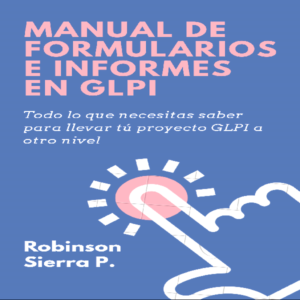An excellent textbook established at several universities. Primarily written for students at technical universities, it is also a very useful handbook for engineers, PhD students and scientists. Now available in several forms at all continents. The third volume introduces the reader into various types of approximations of functions, which are defined either explicitly or by their values in the distinct set of points, as well as into economisation of existing approximation formulas. Why the approximation of functions is so important? Simply, because various functions cannot be calculated without approximation. Approximation formulas for some of these functions (such as trigonometric functions and logarithms) are already implemented in calculators and standard computer libraries, providing precision to all the bits of memory in which a value is stored. Such high precision is usually not required in engineering practice, and requires more numerical operations that is really necessary. Economised approximation formulas can provide the required precision with less numerical operations, and can make numerical algorithms faster, especially when such formulas are used in nested loops. The other important use of approximation is in calculating functions that are defined by values at a chosen set of points, such as in solving integral equations (usually obtained from differential equations). The book is divided into five chapters. The first chapter briefly explaines the basic principles of approximations, i.e. approximations near the chosen point (by Maclaurin, Taylor or Padé expansion), principles of approximations with orthogonal series and principles of the least squares approximations. In the second chapter, various types of least squares polynomial approximations, particularly those using orthogonal polynomials (such as Legendre, Jacobi, Laguerre, Hermite, Zernike and Gram polynomials) are explained. The third chapter explains approximations with Fourier series, which are the base for developing approximations with Chebyshev polynomials (fourth chapter). Uniform approximation and further usage of Chebyshev polynomials in the almost uniform approximation, as well as in the economisation of the existing approximation formulas, are described in the fifth chapter. Practical application of the described approximation procedures is supported by 40 examples and 37 algorithms. In addition to its practical usage, the given text with 37 figures and 12 tables, partially in colour, represents a valuable background for understanding, using, developing and applying various numerical methods, such as interpolation, numerical integration and solving partial differential equations, which are topics covered in the following volumes of the series Numerical Methods. Author: Boris Obsieger, D.Sc., professor at the University of Rijeka, Croatia. Head of Section for Machine Elements at the Faculty of Engineering in Rijeka. Holds lectures on Machine Elements Design, Robot Elements Design, Numerical Methods in Design and Boundary Element Method. Several invited lectures. President of CADAM Conferences. Main editor of international journal Advanced Engineering. Author of several books and a lot of scientific papers.
Numerical methods iii – approximation of
Sobre
Talvez você seja redirecionado para outro site











